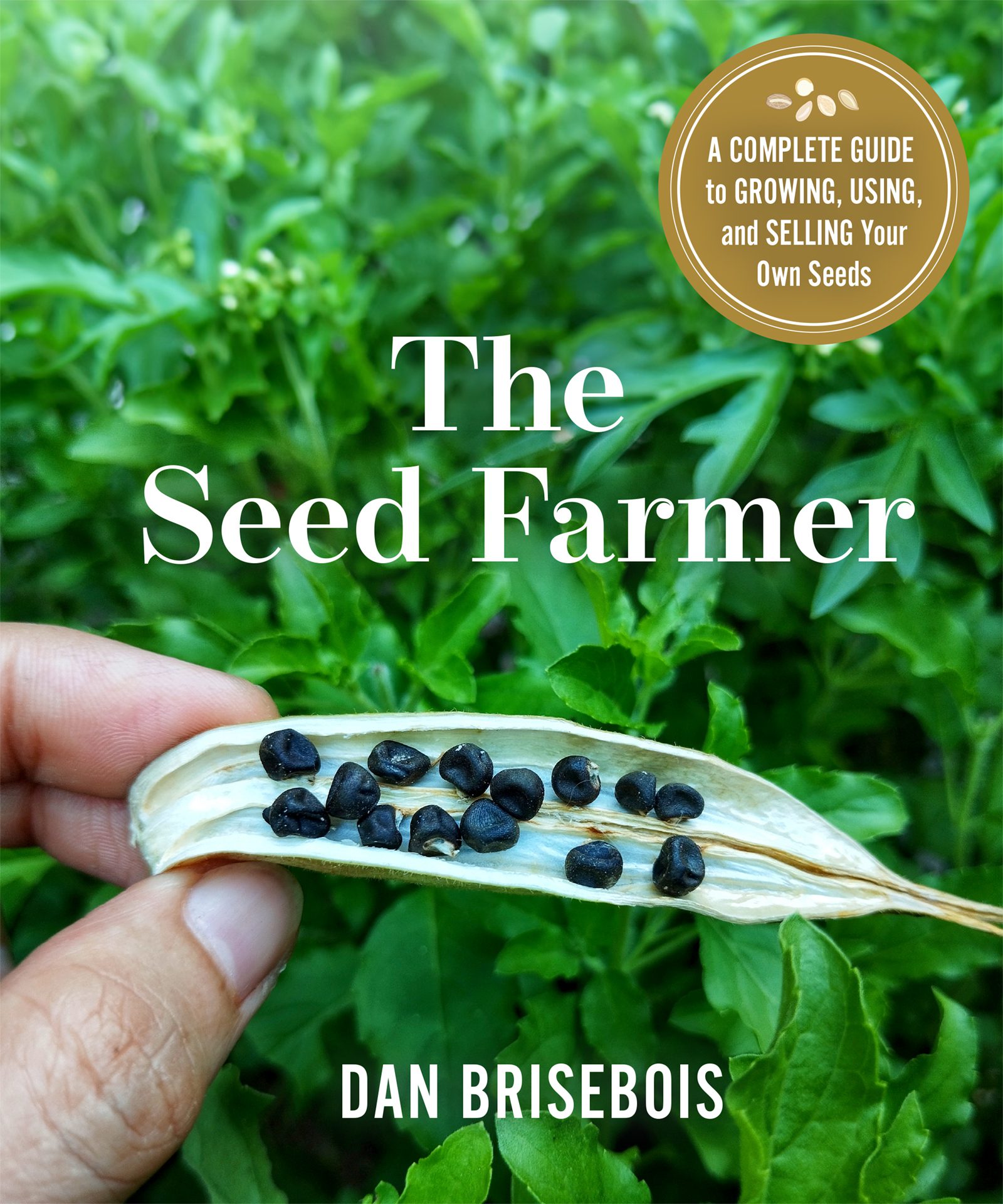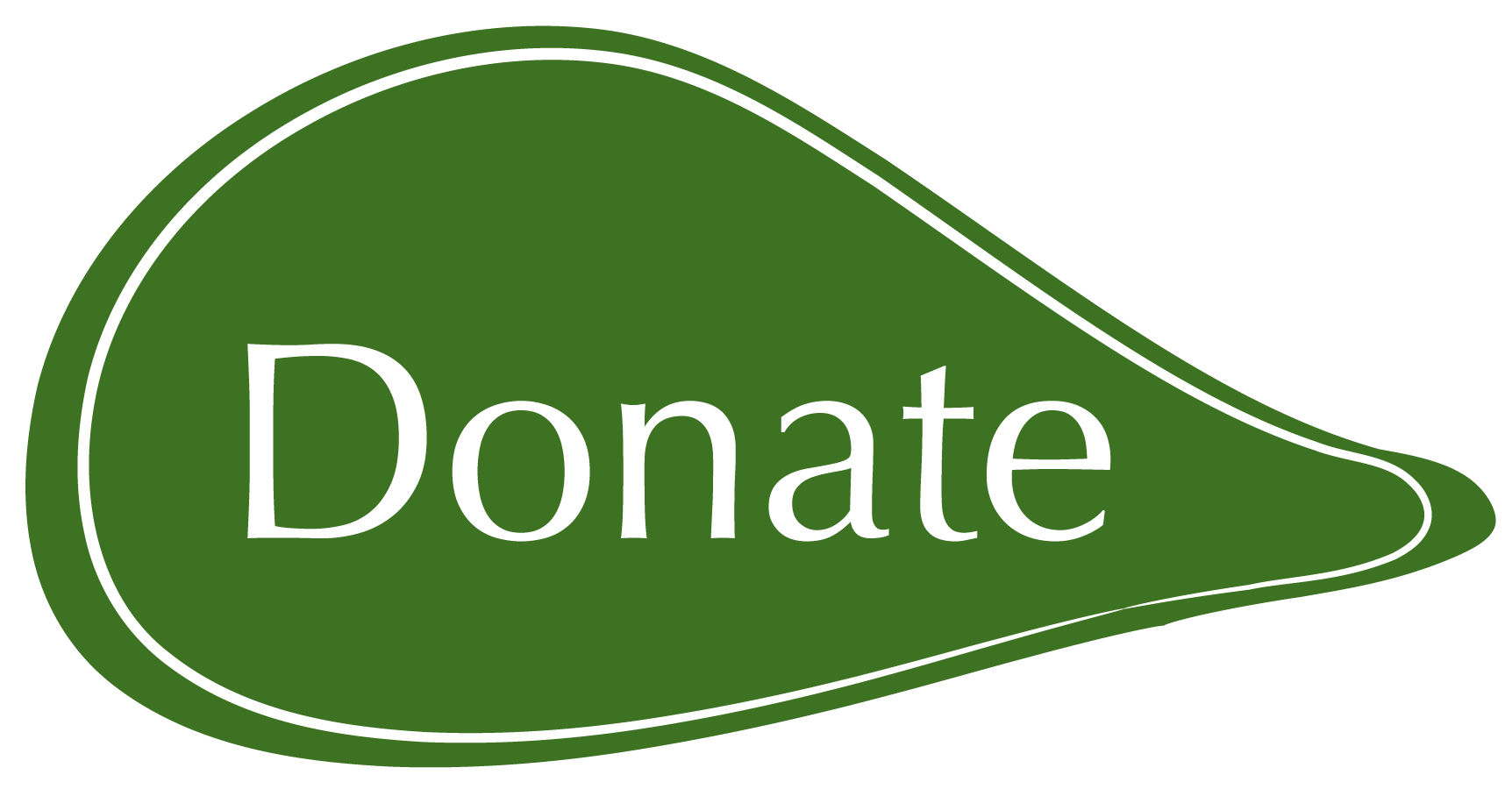Back to August 2025 Newsletter
The Seed Farmer - a new book by Dan Brisebois

Bob Wildfong
As a speaker and a writer, Dan's explanations are always clear and easy to understand. Even very complicated seed and plant biology always seem simpler when Dan talks about them, because he truly understands what he's explaining, drawing on a lifetime of seed work and an obvious curiosity that has driven him to learn more about seeds than I will ever know. From that depth of knowledge Dan can separate the concepts that the rest of us need to know, and present them in crystal-clear form, untangled and simple. He makes you feel like those thorny concepts had been simple all along.
The Seed Farmer is written for those who want to grow seeds on a commercial scale and sell them, but amateur seed savers will find lots of useful techniques and fascinating insights too. Dan delves headlong into advice on business models, calculations about scaling up your seed farm, and reality checks on profitability, all of which come across as helpful, pragmatic, genuine, and probably hard-earned from his own experience as a seed company owner. Remarkably, as a seed company owner, he is essentially telling other seed growers how to successfully compete with his own business, and that is where Dan's true nature shines. I've known him for a long time, and he really is that generous. He really does want to share what he's learned as a Seed Farmer.
And he's told me that he truly believes Canadian seed growers aren't competing against each other anyway ; we're all together competing against the vast amount of imported vegetable seed that floods Canada's gardens every year. This is a book that's meant to move the whole Canadian seed growing trade forward, since we'll all benefit from a reputation of higher quality local seeds.
The book is also a great read for garden-scale seed savers. Sure, some chapters are all about larger-scale seed farm planning and the nuts and bolts of selling seeds, but an amateur seed saver would undoubtedly find that information fascinating, and there is plenty of technical content about seeds, plants, and pollination that's true (and useful) no matter how many plants you grow, or how many seeds you harvest.
For a long time, most of our information about farm-scale seed production has been from U.S. sources, and it's thrilling to have a book on this subject written by a Canadian seed grower. And I'm delighted that the author is such a master of saving seeds, and communicating his knowledge and enthusiasm for what he does. Thank you Dan, for your effort writing this book and preparing it for publication. It is truly one of my favourite seed saving books!
Okay, so I'm going to have to say this too, for all the Seeds of Diversity members who will ask - what about your book, Bob? Yes, Seeds of Diversity publishes a handbook on seed saving called How to Save Your Own Seeds. Let me put what I've said above into context by saying that Seeds of Diversity's goal with our smaller book is to publish as much basic information as we can fit into a slim and inexpensive publication that's also inexpensive to mail (it's $20 including shipping). We could expand it to say more, and other books do say much more, but we're aiming for the amateur seed saver who wants to learn the basics. When you want more than that, then you should buy a book like Dan's.
Not yet a member?
An annual membership to Seeds of Diversity gives you access to our seed exchange, seed grow-out programs, and our online news.

We depend on donations to do our work.

Thank you for your support!
